The important distinction between disaster and risk
We are used to hearing “disaster,” “catastrophe,” “risk,” “vulnerability,” “danger,” and “hazard” used interchangeably. Although all have negative connotations, in the human imaginary, each has a different meaning and implications. For example, disaster management differs greatly from risk management. We will return to this below.
A disaster is an adverse situation resulting from the impact of a natural event or human impact which, within a given period, causes more damage and harm to the environment than a community can recover from alone. At lower levels of loss, the term generally used is emergency. In cases of large-scale events or those of abnormally high impact, the term is catastrophe. We speak of disasters in cases of potentially negative events where a variable of vulnerability is present and prevention is not effectively possible.
Risk is the probability that the occurrence of a natural, technological, or natural/societal event among a highly-vulnerable population will result in human, infrastructure, economic, or financial loss. Risk comprises several elements, primarily hazard (e.g., tsunami, hurricane, intense rain, technological accident, etc.), exposed elements, and the vulnerability of the latter to the event (e.g., poorly built housing, riverbank construction, lack of social safety nets, etc.).
Unlike disaster, risk may be understood, studied, quantified, and reduced with a view to preventing disaster.[1]
Therefore, any society wishing to develop and rise from poverty must have risk management policies (in addition to disaster management and emergency response policies) to prevent the impacts of disasters from thwarting progress and development in their communities. Through risk management, these communities can determine probable losses to which they are exposed, thus obtaining the data required to plan appropriately and take the decisions necessary to reduce existing risks and prevent the generation of new. Additionally, through disaster management, these communities will be able to respond efficiently should risk materialize as disaster.
It is also important to mention that disaster is a relative concept. For example, for a small population, only 50 individuals, impacted by an adverse event that destroys much of the community and its economic activity is a major disaster for it. However, it may not constitute a disaster for the municipality or the state, still less the country.
Now these small, or daily, “disastrous events” can mount up, so that the sum of their loss is greater than that resulting from a single infrequent national event. Ultimately, risk exists at every level—local to national—and in that sense, for a country, risk is no longer relative. The important thing is to emphasize that risk can be calculated, studied, and identified so that decisions can be taken that assist in reducing it.
Today, disaster risk reduction is being encouraged. This term is used to promote actions at the national, local, and community levels to prevent the impact of an event from resulting in a disaster. Therefore, we now speak of reducing the vulnerability of exposed elements, e.g., through safer construction with good seismic-resistant materials; promoting appropriate land use; avoiding construction in areas prone to flooding or on steep slopes; and emergency preparedness for communities and institutions, thus reducing the likelihood of disaster.
Although perhaps not all disasters can be prevented, significant reductions in the probability of their occurrence can be achieved. With appropriate risk data, potential impacts of events can be determined and attempts made to minimize negative impacts and ensure much better preparedness to handle critical situations should they occur.
Societies well-informed and prepared to respond to disasters and, especially, to mitigate them, are more resilient and more likely to rise from poverty.
[1] It is unlikely that risk will be totally absent. A possibility always exists, however small, that an adverse event may occur.
